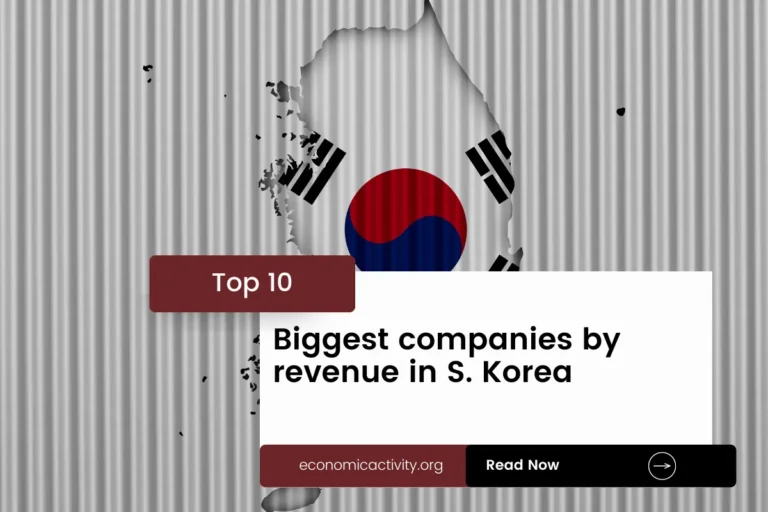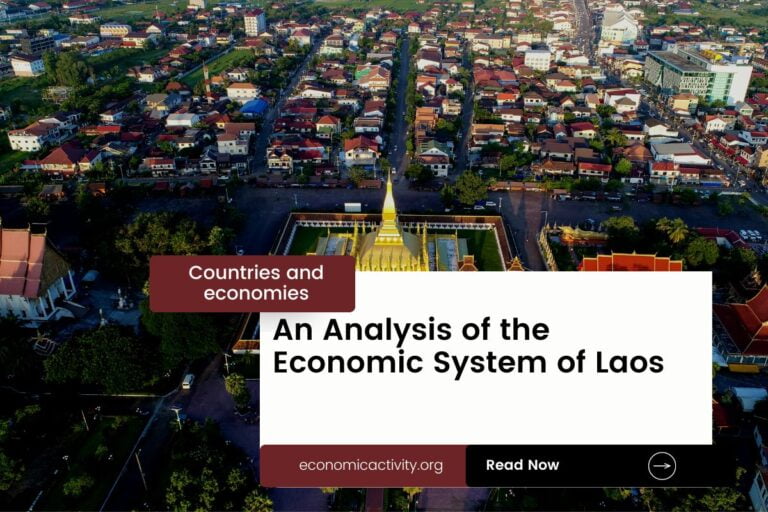Italy, with a population of 58,940,425, is ranked 24th globally, just behind South Africa. Located in Southern Europe, it covers a total area of 302,068 sq. km, ranking 70th worldwide, slightly below Oman.
Italy’s economic position in 2022 is strong, with a GDP of $2,049,737,165,407.98, ranking it 10th globally. It is closely behind Canada, which has a GDP of $2,161,483,369,422.01. In terms of GDP per capita, Italy ranks 31st with $34,776.4232. It lags behind Puerto Rico, which has a GDP per capita of $35,208.6372.
Italy’s economy is diverse, with key industries including fashion, automotive, and tourism contributing significantly to its economic growth. The country faces challenges such as high public debt and unemployment rates, but its strong industrial base and skilled workforce continue to drive economic prosperity.
What are the economic activities of Italy?
- Primary activities: 2.1% of GDP.
- Secondary activities: 23.9% of GDP.
- Tertiary activities: 73.9% of GDP.

Primary Sector of Italy
Italy’s primary sector, focused on agriculture, thrives due to its diverse climate and abundant natural resources. With 41.94% of the land dedicated to agriculture, the country produces a variety of crops and animal products. The main agricultural products include milk, grapes, wheat, tomatoes, maize, apples, olives, oranges, potatoes, and pork.
Despite contributing only 2.1% to the GDP, agriculture remains significant for Italy’s economy. The sector’s variety and quality of products play a crucial role in sustaining the agricultural industry and supporting local communities.
Italy’s diverse geology provides a rich array of natural resources. Coal, antimony, zinc, and marble are abundant, driving the economy. Additionally, the country benefits from potash, barite, and feldspar, supporting various industries. Natural gas and crude oil reserves, along with significant fish stocks and extensive arable land, contribute substantially to the primary sector’s growth and sustainability.
Italy’s oil production of around 100,129 barrels per day places it 27th in the world ranking. With 579,232,000 barrels in reserves, Italy holds 0.03% of the world’s oil reserves, contributing significantly to its economic activity.
Italy’s gas production in 2020 reached 5.8 billion m³, ranking 49th globally, boosting the country’s economic activity.
Secondary Sector of Italy
What is the secondary sector or what are secondary activities?
The secondary sector comprises industries that transform raw materials into finished products for consumption. In Italy, prominent industrial products include machinery, iron and steel, chemicals, food processing, textiles, motor vehicles, clothing, footwear, and ceramics. These goods are manufactured for domestic use and export.
Manufactures play a crucial role in Italy’s total exports, accounting for 79.77% in 2023. This highlights the significant contribution of the manufacturing sector to the country’s economy and global trade competitiveness.
Tertiary sector of Italy
What is the tertiary sector or what are tertiary activities?
The tertiary sector in Italy encompasses a wide range of services that focus on offering knowledge and time to enhance productivity and meet various needs. Some key tertiary activities in Italy include restaurants, healthcare and medical care, education and training, banking and finance, communication and information exchange, tourism and hospitality, and transportation and logistics. These services play a crucial role in driving the Italian economy and supporting the well-being of its population.
In particular, Italy’s tourism industry is a vital economic driver, with 95,399,000 annual arrivals contributing significantly to its GDP. With a tourist arrival ratio of 1.6186 per capita, popular destinations like Rome’s historic sites and Venice’s canals attract millions, showcasing Italy’s rich cultural heritage and natural beauty.
Another example of tertiary economic activity is the mobile cellular sector, with approximately 78 million subscriptions, supporting technological growth by enhancing connectivity and fostering innovation across industries.
Military Activities and Economic Sectors of Italy
The military is a clear example of how different economic activities work together. In the primary sector, resources are extracted for military use, like metals for weapons. The secondary sector involves manufacturing military equipment, such as tanks and aircraft. The tertiary sector includes various services, like medical care for soldiers. The quaternary sector focuses on military research and development, while the quinary sector deals with high-level military decision-making and strategy.
In Italy, the military plays a significant role in the economy. In 2023, Italy’s military expenditure was about $35.5 billion, which is 1.68% of the country’s GDP. The active military force consists of 165,500 personnel. This means there are around 5.8 active military members for every 1,000 people in the country.
Biggest company in Italy
Which is the biggest company in Italy? It’s Enel, a leading energy company with a market value of approximately 65.84 billion USD. Founded in 1962, Enel operates in the primary sector, focusing on electricity and gas production, distribution, and renewable energy.
International Trade of Italy
Import Activities of Italy

Italy’s high import activities, accounting for 38.15% of GDP, play a crucial role in the country’s economy, driving growth and meeting consumer demands.
Italy’s imports are crucial for its economy, with key partners like Germany, France, China, Netherlands, and Spain. The country mainly imports natural gas, crude petroleum, cars, packaged medicine, and garments to meet its domestic needs and support various industries.
Exports Activities of Italy

Italy’s total exports in 2023 reached 677.10 billion euros, accounting for 36.63% of its GDP. This high percentage underscores the significant importance of export activities in driving the country’s economic growth and stability.
Italy primarily exports packaged medicine, refined petroleum, garments, cars, and vehicle parts/accessories. Its key export partners are Germany (12%), the US (11%), France (10%), Spain (5%), and the UK (4%).
Italy economy challenges in 2024
In 2024, Italy faces challenges with high public debt, rising poverty in the south, and reliance on exports to the EU and US. The economy is recovering post-COVID, but inflation remains a concern.




Leave a Reply